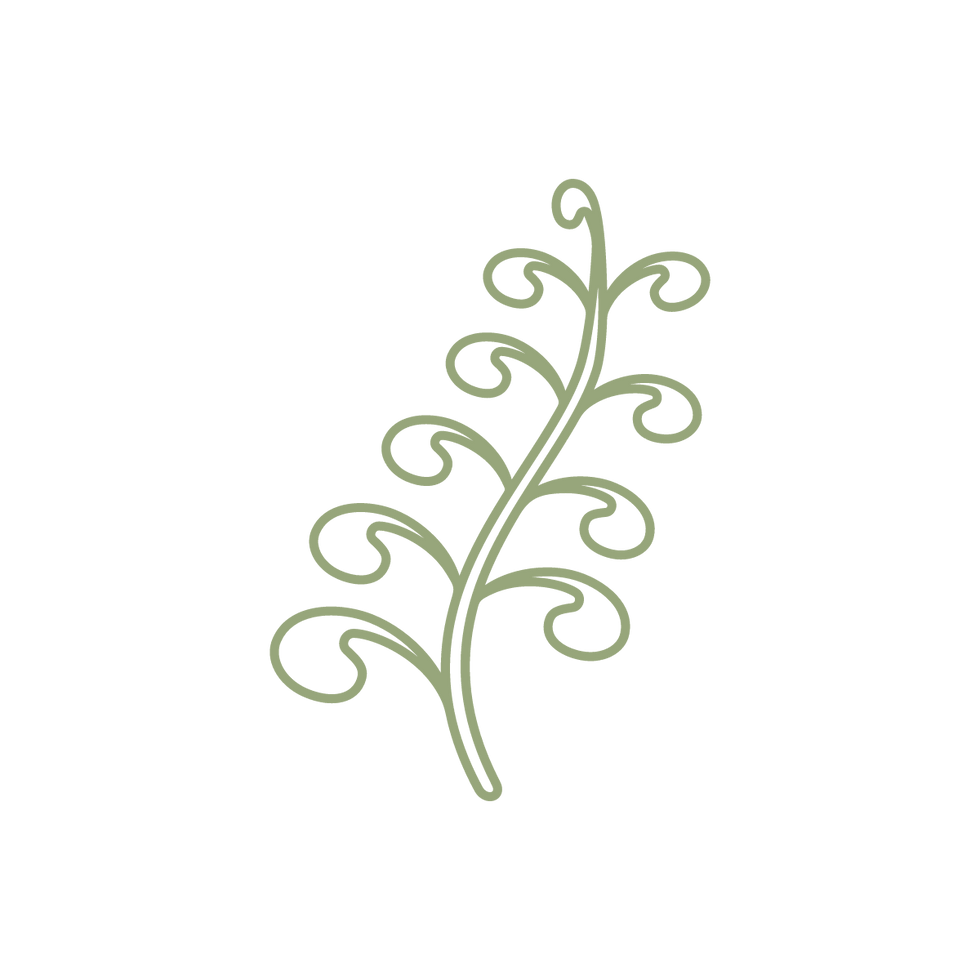

Musclewood, Leantree, Lechillo
American hornbeam is a small, slow-growing understory tree native to hardwood forests of the eastern US and Canada. The tree is perhaps best known for its smooth and sinewy steel-gray bark and the muscle-like look of its maturing trunk and larger branches. This tree has an attractive natural, rounded form and dark-green, serrated leaves that often turn shades of yellow, orange and red in the fall. Catkin flowers give the tree away as a member of the birch family. Female flowers give way to clusters of winged seeds. Best grown with wind protection and afternoon shade. [Text adapted from Nebraska Forest Service]
It’s a great choice for small spaces, and its shade tolerance makes it successful in filling spaces beneath larger trees. In spring, its slim catkins and leaves appear simultaneously, and soon the catkins give way to nutlets.
Larger shrubs and small trees suitable for companion planting include ironwood (also known as eastern hophornbeam), flowering dogwood, witch-hazel, serviceberries, and speckled alder. For smaller shrubs, spicebush, arrowwood viburnum, mapleleaf viburnum, and pagoda dogwood all commonly cohabitate with musclewood [Heartwood Tree Company].
Photo: Christopher Alberti | CC BY 2.0

Larval Host for the
15-30'
15-25'



SIZE
SOIL
Moist, Rich
LIGHT
Part Shade, Sun

BENEFITS
Songbirds, Turkey, Fox, Squirrels, Deer, Rabbits, Beavers

NOTES
This low-branched, multi-trunked tree is often wider than it is tall, so it should be sited carefully.

CHARACTERISTICS
Drought tolerant, Shade Tolerant, Attractive Form, Good Screen, Showy Branches, Fall Color
Small Tree
This
flowers in
American Hornbeam
Carpinus caroliniana var. virginiana
DETAIL VIEW

DESCRIPTION
American hornbeam is a small, slow-growing understory tree native to hardwood forests of the eastern US and Canada. The tree is perhaps best known for its smooth and sinewy steel-gray bark and the muscle-like look of its maturing trunk and larger branches. This tree has an attractive natural, rounded form and dark-green, serrated leaves that often turn shades of yellow, orange and red in the fall. Catkin flowers give the tree away as a member of the birch family. Female flowers give way to clusters of winged seeds. Best grown with wind protection and afternoon shade. [Text adapted from Nebraska Forest Service]
It’s a great choice for small spaces, and its shade tolerance makes it successful in filling spaces beneath larger trees. In spring, its slim catkins and leaves appear simultaneously, and soon the catkins give way to nutlets.
Larger shrubs and small trees suitable for companion planting include ironwood (also known as eastern hophornbeam), flowering dogwood, witch-hazel, serviceberries, and speckled alder. For smaller shrubs, spicebush, arrowwood viburnum, mapleleaf viburnum, and pagoda dogwood all commonly cohabitate with musclewood [Heartwood Tree Company].
Photo: Christopher Alberti | CC BY 2.0